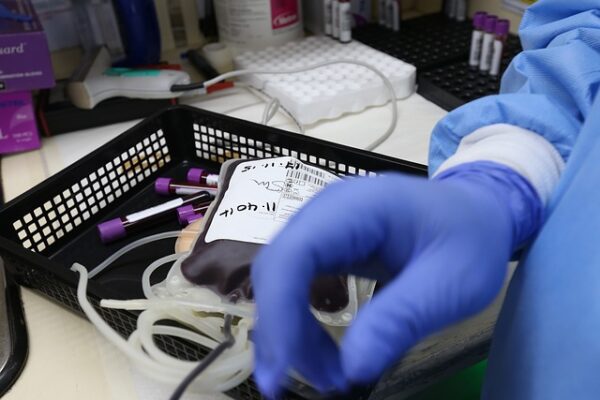Platelet Rich Plasma is a process that many people around the world undergo. It is generally used for wound healing; therefore, athletes and those who need treatment for ulcers, scars, and other dermatological purposes undergo the process. PRP became widely known and used in the 1970s. Since then, technology has significantly advanced, and the process has become much smoother.
Plasma is where blood gets its liquidity from, and platelets are what cause blood clots and healing techniques. Millions of people around the world use PRP is given that it has little to no side effects. Continue reading to find out more about platelet-rich plasma.
What Is PRP?
Platelet Rich Plasma or PRP is a type of treatment that takes a patient’s blood and transfers it to other parts of the body to heal soft tissues. It accelerates the healing of ligaments, injured tendons, joints, and muscles. It is generally extremely safe as it takes the person’s own healing system to heal any musculoskeletal problems. The process itself separates the platelet-rich plasma from the rest of the blood in order to control pain and improve maneuverability.
Pre-Procedure Instructions
Before you inject PRP, there are a few guidelines that you would have to follow in order for it to work properly. For instance, if you are taking any anti-inflammatory medications, then those will have to be stopped for at least a couple of days. Before the PRP injections, you will need to eat a full breakfast to give you energy for the procedure. You will also need to stop any blood thinners if you are on any, as well as supplements or certain types of vitamins.
Post-Procedure Instructions (What to Avoid)
After the injections, there are several things you may have to avoid. The first of which is avoiding any heat or ice on or near the injection site for about three days. With that, avoid taking hot baths or going to a sauna as that will increase the possibility of infections. Most doctors will also suggest that you avoid showering for a day post-procedure and limiting alcohol and caffeine. An important thing you may have to avoid altogether is smoking as that will affect the healing process and limit oxygen from being delivered to the wound region. An alternative is to avoid it for at least a couple of days until the wound has completely healed, at which point you can go back to your daily routine.
Before you opt for doing any PRP treatment, you must do all the needed research. Most likely, if you do need PRP, your doctor or physician will recommend them for you. They can get costly if you need several and are not usually covered by insurance because not many tests have been conducted on the topic. Be sure to check whether your budget or not and contact your insurance company as well. It is typically harmless, so if you feel like you would benefit from it, make a note of it to your physician to see if you are an applicable candidate or not.






















